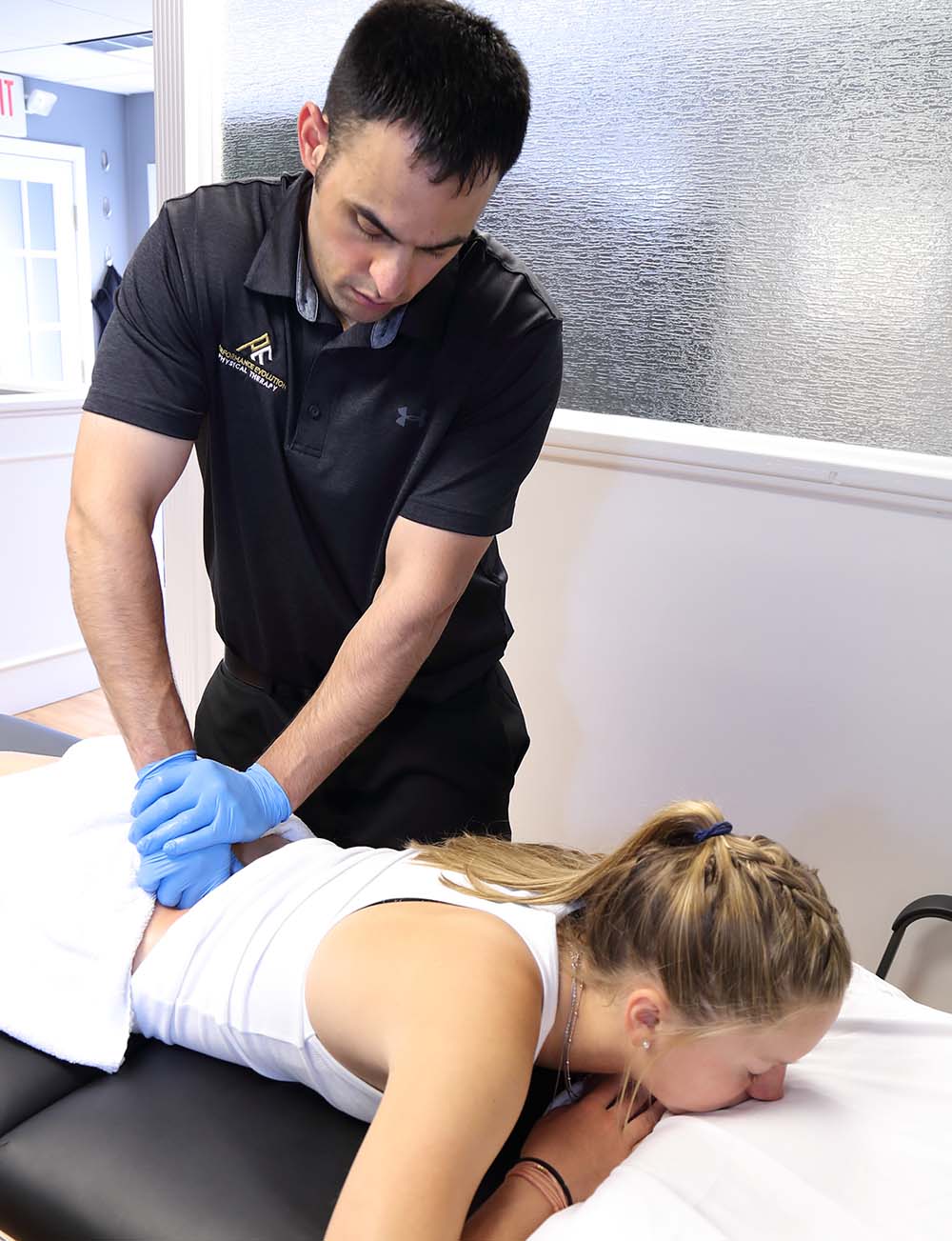What is dry needling?
Aside from typical physical therapy techniques, there are other modern approaches to physical therapy to further help your condition. One of these techniques is called dry needling. Also known as trigger point dry needling or intramuscular manual therapy, this technique improves mobility and reduces pain, muscle tightness or tension, and muscle spasms. This is an intramuscular approach using acupuncture needles to target trigger points (an area of constriction or muscle tension) for faster results. It’s important to note that dry needling is typically used in conjunction with other physical therapy techniques and is rarely used on its own.
Is it the same as acupuncture?
No! Acupuncture is a technique based on traditional Chinese medicine meant to open up a person’s energy or “Qi” and is used to treat various issues from anxiety and infertility to migraines and musculoskeletal problems. While it utilizes needles similar to those in acupuncture, the theories of treatment and application are different than dry needling. Dry needling is specifically designed to stimulate trigger points and alleviate muscle pain and growing research supports dry needling’s techniques and effectiveness.

Frequently Asked Questions About Dry Needling and Physical Therapy
How do I know if dry needling is right for me?
Consulting with your physical therapist is the best way to decide whether or not dry needling is the right choice for you. Depending on your current condition and goals, your physical therapist may choose to add dry needling to your larger treatment plan. To speak with our certified physical therapist about dry needling, contact us today.
About Us
PhysioHealth Physical Therapy was founded by Dr. Christopher Gomes, DPT, OCS, CSCS. Our clinic provides specialized care within a friendly and professional environment. At PhysioHealth you will receive one-on-one treatment that is evidence-based and personalized to meet your goals. You will always receive comprehensive education on your injury and recovery plan in order to maximize your knowledge and results.

